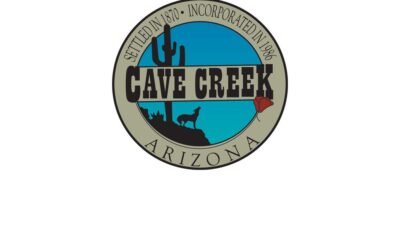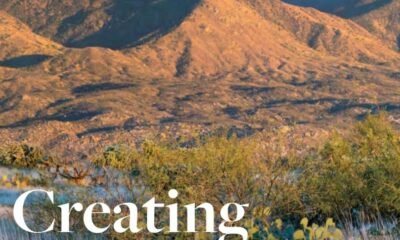Editorials & Opinions
Smoke Hangs Heavy: The Aftermath of Our Wildfire Management Strategies

In recent weeks, the Verde Valley has experienced heavy smoke due to wildfires and prescribed burns in Northern Arizona. These events are a reminder of the ongoing challenges posed by natural ignitions, particularly from lightning strikes.
Notably, the West Fire, spanning 15,074 acres, is currently burning north of Payson along State Route 87. Accompanying it is the 3,167-acre Preacher Fire, contributing to increased smoke levels in the Verde Valley last week. Firefighters have successfully prevented the West Fire from crossing the highway, keeping the route open for local traffic.
This wildfire outbreak began in late August, with the initial lightning strike leading to slow smoldering before winds intensified the flames. Although for much of September the area remained smoke-free, changing winds toward the end of the month brought haze to the valley.
Meanwhile, the Preacher Fire, managed by the same team as the West Fire, is fully contained, offering some relief amidst the ongoing fires.
Wildfires are an integral part of ecosystems in the Western United States. Many plant species have adapted to this cycle, developing traits that enable them to thrive after fires. The aftermath often reveals abundant new growth in the “burn scar” areas, where decaying vegetation enriches the soil.
While natural wildfires pose significant challenges, officials implement prescribed burns as a controlled alternative. These scheduled burns are typically executed during cooler, wetter months, with the intent of minimizing risks to populated areas by directing smoke away from them.
However, unpredictable weather can complicate these efforts. Shifts in wind patterns may swiftly increase smoke exposure in regions like the Verde Valley and Sedona, impacting residents and tourism alike.
Recently, journalist Joseph K. Giddens attended a meeting at the Camp Verde Community Library, where forest managers and state officials discussed the impact of wildfire smoke and their strategies for low-intensity burn operations. This story will be featured in next week’s editions.
In addition, forest managers have initiated the Four Forest Restoration Initiative (4FRI) to manage the densely forested areas from the Grand Canyon to the New Mexico border. Originally, the plan involved cutting trees for various wood products. However, contractor difficulties led to minimal progress, prompting a return to burning operations as the most efficient method of forest thinning.
Despite their effectiveness, these burns significantly contribute to carbon emissions, counteracting local sustainability efforts aimed at reducing CO2 levels. The presence of smoke can also deter potential tourists, as many question the advisability of visiting areas like Sedona during smoky conditions.
Until a more effective and profitable method of mechanical thinning emerges, prescribed burns likely will remain the primary method to manage Arizona’s forests. The level of smoke in the Verde Valley will continue to depend on weather patterns and the planning efforts of fire officials.


















